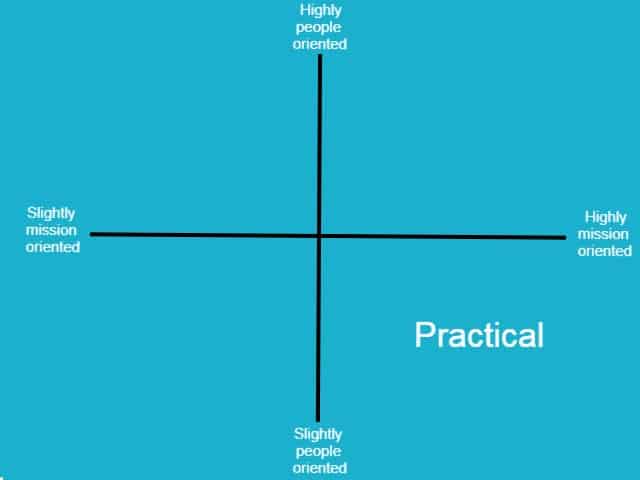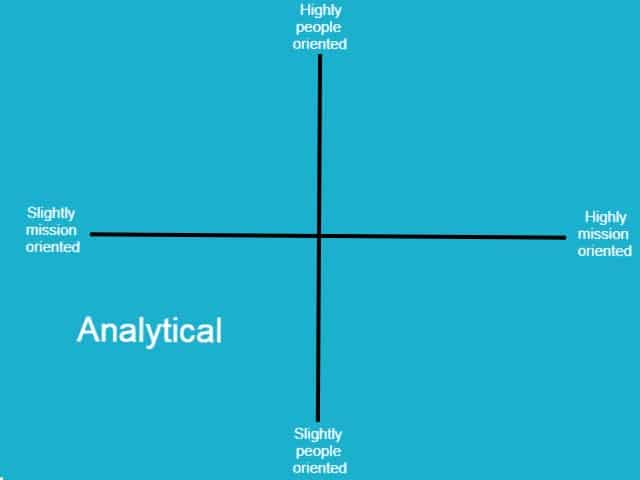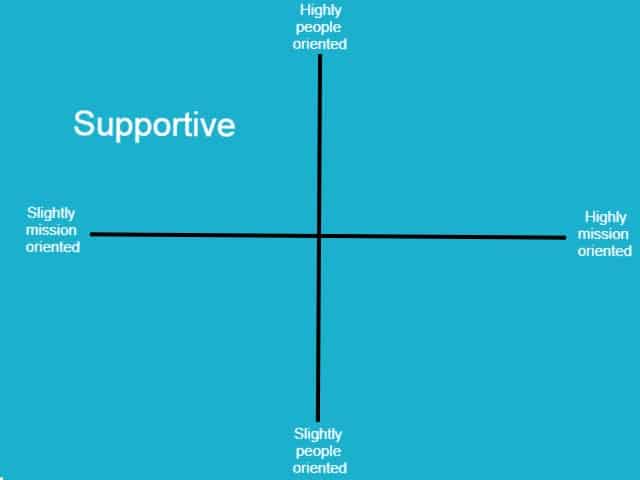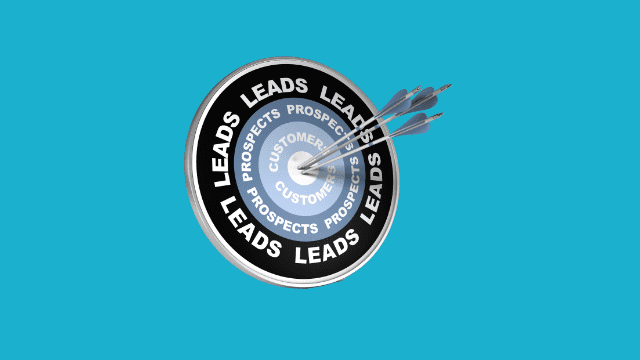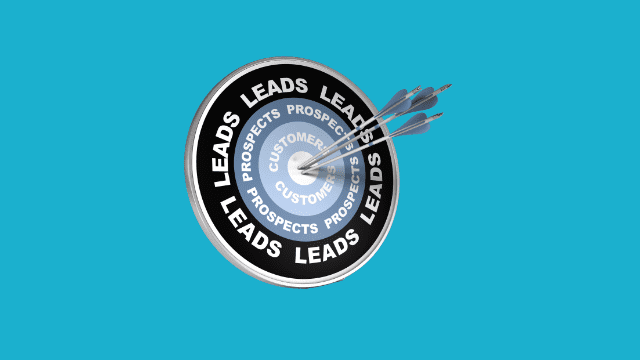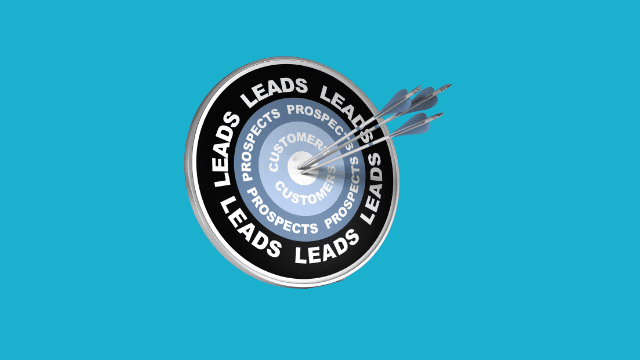The most comprehensive guide on sales techniques to overcome objections

Do you know the feeling of losing the sale because you let your prospect off the hook? As entrepreneurs, we all know. Most likely it occurs because you haven't succeeded in handling common sales objections. In this sales cycle, customers felt that they couldn't trust you or the deal is unworthy.
In this article on overcoming objections sales techniques, we'll charm you with: the meaning of objections, its importance, types of objections and techniques to hurry the decision-making process.
Before we start, let's postpone a bit on the number of potential buyers' objections.
Statistics of common types of objections
60% of customers would say no 4 times, before they agree to buy. You can read more here on this topic.
You will have to call customers 6 times before you win most of your deals. You can read more on this topic here.
Table of content
What are real objections and bluffing

The customers are telling you "it is too expansive."What do they mean? They don't want to buy the product. Of course, not! They tell you they are not convinced that the product is worth the money spent. In this example you could realize, what is an objection.
An objection is when customers don't understand how the product functions, its entire benefits, they don't believe you, your company or trust themsleves. It can also be when they are not the only ones who make decisions. They usually don't say "no" but "not yet"!
Still, there are types of typical sales objections. Let's take a look at the next example to understand the differences. This time we will take a business consultant example.
Customer: I want to think about that. Business consultant: I can understand that you don't like to decide on the spot. I totally get that. Still, you told me that you want to develop your business and reach more customers. Right? Bookkeeper: Yes, I want to find my target niche. Business consultant: Yes, but if you postpone your decision, your business won't be promoted as you probably wish. So, what is holding your decision, you don't believe that I can help you, you don't see the value I can give you or there is another person whom you decide together?
Sales professionals comprehend that there is a type of sales objection named bluffing. The second type is the true objection. When customers want to think about it, they bluff. Think over this surreal situation, customers finish the sales conversation, take a pen and start to write pros and cons. Does it really happen? They have real concerns which they aren't sharing. You have to find out the real reasons why they don't want to buy right now. In the last example. the business consultant said: So, what is holding your decision, you don't believe that I can help you, you don't see the value I can give you or there is another person whom you decide together? In this case, you opened the common concerns to what really bothers your customers.
In short, a bluffing objection is where customers say something, but they don't mean it, or it is not the real reason why they aren't buying. The true or real objection is what is holding your potential clients from buying.
After we clarified the meaning of objections and its types. Let's charm you with why you need customers to object.
The importance of an effective objection

Let's charm you with the next example to understand why objections are important in the sales pitch. This time, we'll take a baker selling for social events.
Baker: As I said I make 5 versions of bread, a cream cake, 3 types of muffins and 10 family vegetables pizzas. All of these goodies will cost you, instead of $640, only $570. That, because you take a package of pastries. HR manager: It sounds great. Can you call me in about 2 hours? Baker: Of course.
After 2 hours, the baker called the HR manager, but there was no answer. He also tried the day afterward, still no answer. As you can see, the deal has slipped away. Actually, the HR manager had to get permission from the finance director. She thought it was too expansive and didn't approve it. If the HR manager told the baker about the decision-making process, he might have succeeded to reach the finance director and convince her.
As you figured out, if customers don't object, you can't know that they want the product or not. In most successful sales, customers have to ask questions or raise their real concerns. Only when you face their hesitation to their satisfaction can there be a sell.
This is only one reason out of four, why you want customers to tell you what bothers them. Here the entire reasons of the objections' importance:
The first is customers share their worries, needs and dreams in the buying process. Which means that you can touch better their pain points to make a potential customer a paying one.
The second is getting feedback from your customers. This is a good opportunity to reveal what you were good in the sales cycle, conversation and in the current product. Also, what you need to improve in your next sales conversation.
The third is having a dialogue with your customers. Whenever you have a discussion, you raise the chances dramatically to close the prospective buyer. Remember the sales law that customers have to speak at least 50% of the time.
The fourth reason would surprise you! This is an opportunity to squeeze the lemon for lemonade. You can exploit the valid concerns to up-sale or cross-sales. For instance: the customers can say that they see how the current product can address their needs. This is where you can elaborate on a better product or sell more features.
We hope that now, you understand why it is crucial to encounter objections. So please don't be afraid of it; instead embrace objections!
Next, we'll charm you how to handle objections in a sales meeting, cold calls, etc.
Ready to take control of your sales and marketing? Let's Talk
Book a free video meeting to discuss an integrated sales and marketing online course. It will kick-start your sales and marketing process. Hence, you can get more leads, close more and leverage your profits.
Sales methodology of how to deal with objections

Before we start giving you sales tips, let's show you what you shouldn't do regarding overcoming sales objections. We'll take a business course owner.
Customer: I don't have extra time to start another course. Business course owner: What do you mean? This is a great opportunity for you to take your business to the next level. You can try one month and see how you can promote your business and sales skills. Customer: Thank you but let me get back to you.
In this example there were two mistakes:
The first is that the business course owner has cancelled the customers' objection by saying: What do you mean?
The second is that he didn't try to soften the customer's objection before starting handling.
As you can see here, a professional sales rep would, always, try to use active listening. That, by listening to the customer's objections and relating to them before giving solutions. In this part, this is exactly what we'll teach you. We'll charm you with 3 tools to open the sales objections handling.
Before we start, we'll give examples of 2 types of common objections: lack of trust and value. Inside trust, we will focus on I don't want to obligate. Inside value, we'll discuss on I don't believe that this is the product I need, and I don't have time.
Empathy
This is happening when you show your customers that you can understand them, but you don't agree with them. For instance:
I don't want to obligate - I can understand that you want a shorter plan. Just that... I don't believe that the product will give what I need - Thank you for raising their important issue. I can tell you that... I don't have time to use the product - This can be challenging. If I've a solution for that, will you want to start using the product?
Mirroring
This is an extremely powerful tool for dealing with objections in sales. You repeat what the prospects have said in your own words. You simply reflect and conclude their needs, problems, dreams, etc. For instance:
I don't want to obligate - I know that you weren't planning to take a long-term plan. However... I don't believe that the product will give what I need - If I understand correctly, you think that the product won't solve your problem. Why do you think that? I don't have time to use the product - We are all busy people. It is good, right? Let me tell you why it is not an issue...
Turn a problem into a solution
An amazing tool that shifts customers' concerns to products' solutions. You simply tell the prospect that what they consider a problem is actually how the product will address their needs.
I don't want to obligate - A great point. I think you will be surprised how our new plan will solve this issue. I don't believe that the product will give what I need - This is exactly why we have featured X which grants benefit Y. Do you know how it will address your needs? I don't have time to use the product - It can be solved to your satisfaction. Will you want to know how?
After, you soften customers' objections in the sales process. Now, we'll charm you with 4 other tools to proceed overcoming common objections. We'll use different objections.
Proportion
Think about a couple who have an argument. She wants to go to the video theater. He wants to go to a pub. From here to there, she says, he isn't considerable. He replies that they, always, do what she wants. We all know that there are much more important issues in life. They need to get back to proportion.
As you clearly figured out from this example: a proportion is when you minimize the problem raised by the customers or say indirectly that the concern is irrelevant for the product usage.
Let's charm you with 2 examples of how a sales leader can use this tool:
It is too expansive for a mortgage advisor: I can understand that the price issue is important to you. Still, what you invest here will return to you. Sometimes, you can save thousands of dollars which you probably agree that is a lot of money, right? I don't have time to start practicing for a fitness trainer: I know that you have many other things in mind. This is exactly why I'm very time flexible. I always keep open slots in the morning, noon or evening. Hence, any trainee can find their own suitable time.
Crowded effect
One of the situations in which you can visualize crowded effect is when you go to a restaurant. One restaurant is almost empty. In the other restaurant, there is a line waiting outside to enter. Would you stand in line and wait or eat in the empty restaurant? You probably would wait for the busy restaurant. This is due to the wisdom of the crowd. If many people are waiting, it has to be a good restaurant.
So the crowded effect is declaring that there are many other customers who use, recommend or are satisfied with the product. Then, the prospect feels that they are a part of a successful product. It also helps in building trust with customers.
Let's charm you with 2 examples on how to use this tool to overcome other potential objections.
I try to manage my social network, but I don't see any traffic to my website. How would it be different in your end - This is great that you have asked me. I'm an expert in the sports industry. I manage more than 10 customers whose website traffic has increased by 15% on average. I've many references of satisfied customers; you can read these client references for instance. A customer wanted to consult with her partner about hiring a video editor for their business - I see. You decide together for any decision regarding the business. I understand correctly? I can tell you that I do b2b sales and there are many customers who decide together. They are also my best customers. They take the decision to hire me, when they are fully confident that I can deliver what I promise. If I gave you a way to try my services, would it help you start working with me?
Guided Imagery
Do you remember the commercial for Old Spice? There is a presenter who refers to women. He asked them to look at their man and then at him. Then he tells them that if their man will use Old Spice he won't look like him, but he would smell like him. Afterward, the scene has been replaced, and now they are on a yacht. Now he is saying that you are on a yacht with a man that can smell like me. At the third scene, he asked the women to look at his hands. He said now I have 2 tickets that you can take you man who can smell like me. This is a great demonstration of using guided imagery. Watch the commercial below.
Guided imagery is the art of objection handling. Successful sales reps use it very often, and it works like magic. You describe to the customers how their lives would be better, when they use your product. It is an implementation of storytelling, and it enhances a positive perception of customers.
Let's charm you with 2 examples on how to use this tool to win a business deal.
A customer is saying please send me everything via email on organic marketing - I understand that you are interested in the service, right? I'd be happy to send you everything as you asked. However, it wouldn't be like me telling you about the service, and I couldn't answer your entire questions. In this situation, you are losing the opportunity to be ranked on first results in primary search engines. Think about how you could increase your profit margins. I don't have a budget to invest in real estate brokerage - This is why you don't need to spend a penny right now, only when I sell your apartment. Like most of my customers, I'll get you a better deal than what you get on your own. Imagine that you earn 30k more, how wonderful the feeling will be?
Return of a need
Think about times that you haven't taken any food to work. This is because you weren't hungry in the morning. This is a huge mistake because the need for eating will evoke after a few hours. This example is all about the return of a need tool.
This is one of the most commonly used in the objection handling process by successful salespeople. You remind the customers why do you speak in the first place like hunger reminds people they need to eat. So, you actually ask closed or open-ended questions to customers regarding the pain points, urgency to solve their issues and so on. Here we'll charm you with 2 last examples.
I want to think about building a website - I'm glad to hear that you are considering positively hiring my services, right? You told me before that you comprehend that a website can convert prospects into paying customers faster, correct? So what is holding you back in the decision? Aren't you sure that I can build a great website, you still don't believe it is worthwhile to build a website or there is another person you want to consult with? I need to speak to my boss regarding hiring an independent interpreter service - I can understand that you aren't the only decision maker in the process. The question is how your life would be easier if I translated the documents on my own? Also, have you considered how much time you would save using my services? If we both agree about these crucial points, can you kindly sit with your boss and I could speak with both of you together?
Summary of handling objections in the selling process

In this article we charmed you with: main types of sales objections like real and bluffing. Also, what is basically an objection, and why knowing how to handle objections will aid with closing more business deals. In the last part we have discussed 7 tools to start handling sales objections.
Each time you start dealing with objections, ask closed or open-ended questions. That, to reveal if this is the primary concern holding customers from buying. Remember that in most cases, "want to think about it" or price objections are a bluff. You will have to find out what is hiding beneath. In addition, most of the time, value, trust and consulting objections would be a real objection.
After, you comprehend the real objection, now, start handling it. Start, always, with empathy, mirroring or turning a problem into solution tools. They will assist with making the customers more cooperative. Then, use the other 4 tools to solve their problems. You can even combine between these 4 tools to get better results.
We would greatly appreciate it if you dedicate one more minute to kindly answering the quick survey below. It would help to write better, more valuable content for you. Thank you!









































